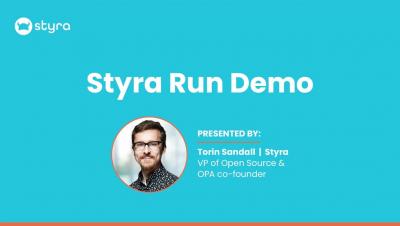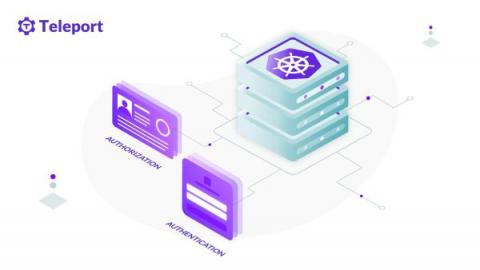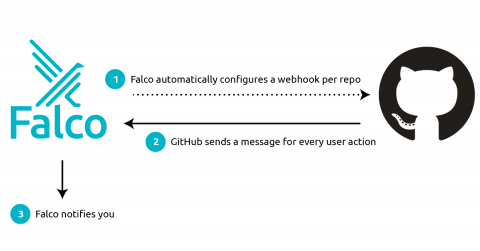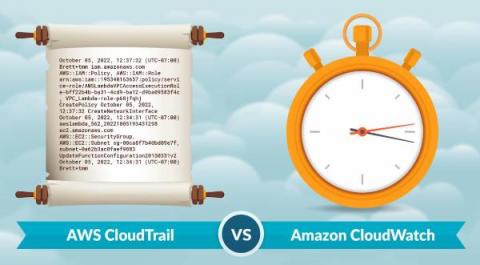Security | Threat Detection | Cyberattacks | DevSecOps | Compliance
Containers
3 OPA Trends from Cloud Native Policy Day at KubeCon + CloudNativeCon
This year’s KubeCon + CloudNativeCon NA featured new and exciting updates from the open source community, and we also hosted our own event, Cloud Native Policy Day with OPA, hosted by Styra. At Cloud Native Policy Day, we were fortunate to host a full roster of Open Policy Agent (OPA) luminaries from leading companies to speak at our event, and we wanted to share some high-level takeaways from their talks– each of which showcased unique ways of using OPA.
How to deal with ransomware on Azure
Let’s dig deeper into the techniques used by attackers and the mitigations you should implement when ransomware on Azure affects you. By now, we should all be aware of ransomware from the constant news articles associated with this known threat. As we explained in the anatomy of a cloud attacks, ransomware is a way for attackers to make money when they gain control of your accounts through data encryption, therefore restricting your access to the system.
3 container security best practices to strengthen your overall security posture
Container environments are highly dynamic and require continuous monitoring, observability, and security. Since container security is a continuous practice, it should be fully integrated into the entire development and deployment cycle. Implementing security as an integral part of this cycle allows you to mitigate risk and reduce the number of vulnerabilities across the dynamic and complex attack surface containers present.
AuthZ as a Service | Styra Run Demo
A Simple Overview of Authentication Methods for Kubernetes Clusters
Kubernetes is a very complex product where creating and managing clusters requires a great deal of knowledge on a wide range of topics. The introduction of managed clusters brought simplicity to the process allowing users to focus on extracting the most out of the system. One of the areas of most interest and different configurations is authentication and authorization. In authentication, the main objective, and most critical of all, is to ensure the identity and validity of users and machines.
Teleport Kubernetes Demo | Setup, RBAC, Event Auditing
Responding to the Dropbox Breach with a Falco GitHub Plugin
On November 1st, Dropbox disclosed a security breach where the attackers stole over 130 code repositories after gaining access to one of the employee’s GitHub accounts using the stolen credentials of that employee via a well-designed phishing attack.
Multi-Cloud Kubernetes Backup and Any2Cloud Recovery at KubeCon NA 2022
With over 300 vendors exhibiting at KubeCon + CloudNativeCon North America 2022 (which is the long and official conference name), there was no shortage of early-stage vendors (230 at the silver and startup sponsor level) to visit for the 7000 attendees. Observability and security solutions were popular for the early-stage exhibitors.
Does cloud log management shield you from threats? CloudTrail vs CloudWatch
What is different about cloud log management versus on-premises? The answer may seem simple, but several elements such as CloudTrail vs. CloudWatch come into play. In this article, we will cover some of the most important differences, and then dig deeper into a specific example of AWS CloudTrail vs. CloudWatch.











